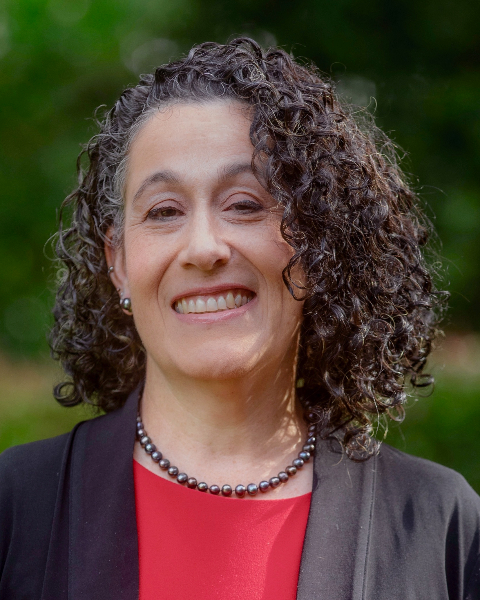Symposia
Oppression and Resilience Minority Health
1 - (SYM 68) the Predictive Relationship Between Social Support, Communal Mastery, and Successful Engagement in Culturally Adapted Cognitive Processing Therapy Among Native American Women
- Kv
Katherine van Stolk-Cooke, Ph.D. (she/her/hers)
Stanford University
Pacifica, California - ZB
Zoe Brier, M.A.
Predoctoral Intern
MUSC
Burlington, Vermont - CP
Cynthia Pearson, PhD
Research Professor
University of Washington
Seattle, Washington - MP
Matthew Price, Ph.D.
Professor
University of Vermont
Burlington, Vermont 
Debra Kaysen, ABPP, Ph.D.
Professor
Stanford University
Palo Alto, California
Speaker(s)
Co-author(s)
Introduction: American Indian and Alaska Natives (AIAN) experience disproportionately high rates of posttraumatic stress disorder (PTSD). Both social support and communal mastery, or a sense of shared efficacy within a collective, are resilience factors in tribal groups. In the broader literature, social support predicts better PTSD treatment response. However, this has not been examined among AIAN groups, and communal mastery has not been studied as a treatment predictor. This study assessed the role of social support and communal mastery in promoting treatment outcomes in culturally adapted Cognitive Processing Therapy (CPT) for trauma-exposed AIAN women. We hypothesized that social support and communal mastery would moderate treatment effects both independently and in a combined model, such that those with higher social support and communal mastery would demonstrate better outcomes.
Methods: AIAN women (N = 73) who were M = 40.43 (SD = 10.58) years old with clinical or subthreshold PTSD were recruited via flyers, and randomized to either immediate CPT (n = 37) or a 6-week waitlist (n = 36). Analyses collapsed across conditions. Participants completed an average of 6.1 sessions (SD = 4.4, Range = 1-13). Assessments were conducted at baseline, immediately posttreatment, and 3-months posttreatment. Linear mixed effects models were used.
Results: Social support predicted reduced PTSD (B = -.16, SE = .04, p < .001) and improved mental health (B = .21, SE = .04, p < .001), but not physical health functioning. Communal mastery predicted reduced PTSD (B = -.56, SE = .20, p = .007), and improved mental (B = .75, SE = .21, p < .001) and physical health (B = .40, SE = .14, p = .004). In a combined model, social support predicted reduced PTSD (B = -.15, SE = .04, p < .001) and improved mental health (B = .42, SE = .16, p = .01), while communal mastery did not. However, communal mastery predicted improved physical health (B = .42, SE = .16, p = .01), while social support did not.
Conclusions: Results highlight the positive role of social support on PTSD treatment outcome among AIAN women, consistent with prior social support research. The study also underscores the differential role of social support versus communal mastery on mental versus physical health functioning. Access to supportive relationships and a sense of community belonging may promote different facets of AIAN health during PTSD treatment. Future work should explore how cultural orientation to close and communal-level relationships may inform the protective benefits of social resources in AIAN groups.

